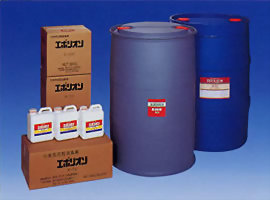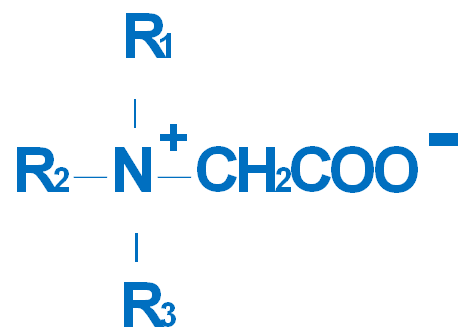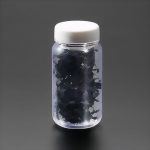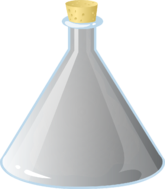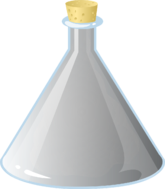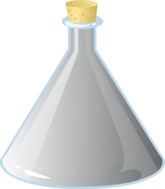Epoleon Deodorant
◆ Feature
Epoleon products offer fast and long-lasting deodorization, as they react chemically with unpleasant smelling compounds to convert them to odorless substances. This differs from other deodorization methods, which involve physically absorbing odors or masking them with fragrances.
Typical foul-smelling gases include alkaline odors (ammonia, trimethylamine, etc.), acidic odors (hydrogen sulfides, methyl mercaptan, short chain fatty acids, etc.), and neutral odors (aldehydes, methyl sulfides, oils and fats, etc.). In many cases, foul-smelling odors contain a mixture of these compounds, making it difficult to achieve broad-acting deodorization.
Betaine and the other compounds contained in Epoleon react chemically with the various malodors – each of which have different properties – converting them into odorless compounds at a time for outstanding deodorization performance.
|
●Betaine type compounds |
|
|
|
a positive ion and a R1 negative ion in one molecule |
|
It can react with complex odors like acidic odors, alkaline odors and neutral odors. |
|
|
|
|
|
●Deodorization Mechanism – chemically reaction (Neutralization・condensation・additivity・redox) |
|
|
→ Converts to reduced odorous substances and reduces odor concentration |
|
|
Trimethylamine:R-COOH + (CH3)3N → R-COONH(CH3)3 |
|
|
Acetaldehyde:R-NH2+ CH3CHO → RNH-CHOHCH3 |
|
◆ Application
"Epoleon deodorant" can be used in many places such as compost plants, foundries, rubber plants, chemical plants/food plants, waste treatment plants and sewage treatment plants.
We provide overall recommendations from selecting the best product to effective use according to the target odor and problem of each site.
◆ Category
|
Product List |
Ammonia amines |
H2S, SOx |
aldehydes |
Lower fatty acids |
|
UR |
◎ |
X |
X |
X |
|
N Series |
O |
O |
△ |
O |
|
HP Series |
△ |
X |
◎ |
X |
|
AL Series |
X |
△ |
◎ |
◎ |
|
OS Series |
O |
◎ |
X |
△ |
|
Packaging |
2kg/plastic container, 20kg/cubitainer, 200kg/drum |
|||






